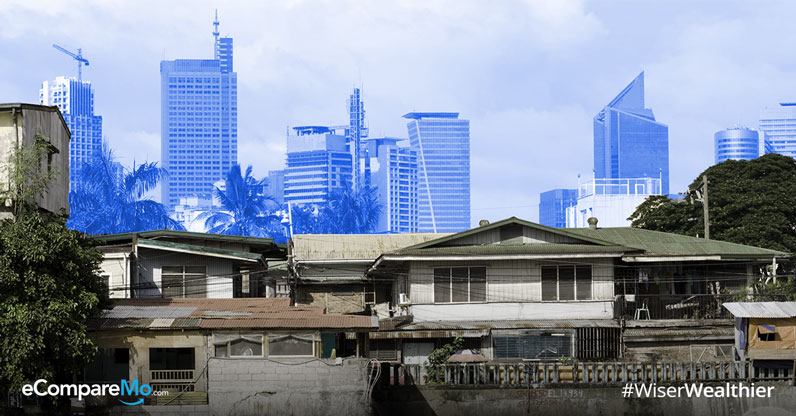World’s Top 26 Billionaires Own As Much As The Poorest 3.8 Billion
3 min readWealth inequality around the world is “out of controlâ€, anti-poverty campaigner Oxfam International said on Monday (January 21).

The most recent results of Oxfam’s annual study found that fortunes of billionaires increased by 12% last year while the poorest 3.8 billion people in the world experienced a wealth decline of 11%. The top 26 wealthiest people owned $1.4 trillion, as much as the 3.8 billion poorest people.
As per the study, the number of billionaires has doubled since the financial crisis 10 years ago.
With tax rates of big corporations and wealthy people dropping to the lowest levels and the poorest of the poorest increasing in number in the past decades, Oxfam International Executive Director Winnie Byanyima is calling out to the richest people in the world, the most powerful people in the world, and the political leaders of the world to take action.
“The people in Davos, the big company leaders, and the political leaders are part of the problem, they are the problem, and we want them to be the solution to ending extreme inequality ‘coz it’s out of control, it’s widening, it’s hurting our economies, slowing our economies, it’s undermining democracy. It’s trapping people in poverty. So, I’m here to call for action, “said Winnie Byanyima, Oxfam International Executive Director.
The anti-poverty campaigner is recommending that
Oxfam’s annual study comes ahead of the World Economic Forum which will begin later this week in Davos and is meant to call attention to the growing gap between the rich and the poor.
(Read: Inflation Leaves 6.2 Million Filipino Families Struggling)
What happens in Davos stays in Davos
Thousands of business executives, world leaders and heads
But what really is the World Economic Forum all about?
It is a yearly corporate session where press conferences, interviews and talks discussing each of the region’s agendas, priorities, and
With a plethora of panels, meetings, and
Many corporate deals are discussed, looked into
Just last year, the Greek and Macedonian
(Read: Asian Billionaires Outnumber American Billionaires)
The year of the rich growing richer and the poor poorer
Between the year 2017 and 2018, a new billionaire
Jeff Bezos, the owner of Amazon and 2018’s world’s richest man according to Forbes, saw his fortune increase by $112 billion dollars making his total wealth roughly equivalent to just 1% of the health budget of Ethiopia, a country with 105 million people in population, Oxfam said.
While the poorest half of the humanity experiences dwindling wealth by 11% and the riches of the world’s billionaires increase by 12%, the mega-wealthy are becoming a more concentrated bunch.
Last year, the combined fortunes of the top 26 billionaires in the world reached $1.4 trillion —as much as 3.8 billion other people. In 2017, it was the top 43 richest people. A difference of 17 billionaires for just one year, how much more the next years to come?
